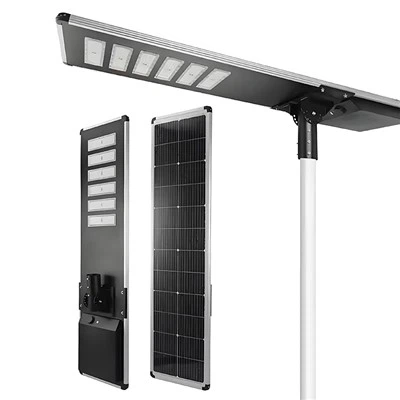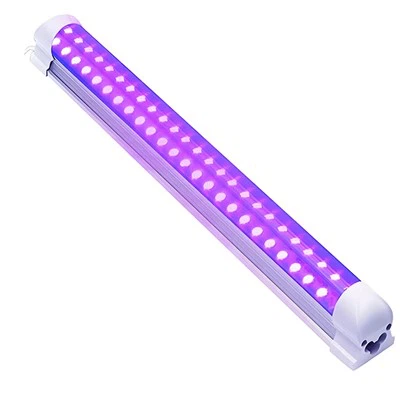Due to its long lifespan and energy economy, LED bulbs have become a popular choice for many homeowners when it comes to illumination. It's crucial to know which sockets are appropriate for LED lights because not all of them can accommodate LED bulbs.
The majority of light fixtures and plugs are made to work with LED lights. This is so because the standard base of LED bulbs is comparable to that of other bulb types, such halogen and incandescent bulbs. LED light bulbs are compatible with conventional sockets, such as GU10, B22, E26, and E27.
The most prevalent type of socket in North America is the E26. It is meant to be used with medium-base bulbs and has a screw base. Since this kind of connection works with LED lights, it's a great option for households looking to convert to more energy-efficient lighting.
Comparable to the E26 socket, the E27 socket is intended for use with bulbs that have a large base. Commonly seen in Europe and other regions of the world is this kind of socket. LED bulbs that have an E27 base are compatible with this kind of socket.
A B22 socket, often known as a bayonet socket, is widely utilised in the UK and other countries. Bulb types with a bayonet base are intended to be used with this kind of socket. This kind of socket is compatible with LED bulbs that have a bayonet base.
Bi-pin GU10 sockets are frequently utilised in track lighting and other applications that call for directional lighting. The two-pin base of GU10 bulbs is compatible with this kind of socket. These kinds of sockets are compatible with LED bulbs that have a GU10 base.
There are a few exceptions to the general rule that LED lights work with most sockets. Certain wall sconces and chandeliers, for instance, might not be made to accept LED light bulbs. In these situations, it's advisable to speak with an electrician or lighting specialist to choose the right kind of bulb for the fixture.
Furthermore, outlets in certain older homes might not be able to accommodate LED bulbs. This is due to the fact that LED bulbs need a specific amount of electricity to function, and older outlets might not be able to supply that voltage. In some situations, updating the wiring or socket to accept LED bulbs might be required.
The socket's wattage rating is an essential factor to take into account when using LED bulbs. Compared to incandescent bulbs, LED bulbs are far more energy-efficient, requiring less power to run. If the socket is rated for a higher power than the LED bulb, this can be an issue.
There is a chance that an LED bulb rated for 10 watts will overheat and cause damage to the socket or bulb, for instance, if the socket is certified for 100 watts. It's critical to select LED bulbs that match the socket's wattage rating in order to prevent this problem.
Dimming is something else to think about when utilising LED lamps. It is possible to dim LED bulbs, but doing so calls for a dimmer switch made specifically for LED lighting. This is because, in contrast to incandescent bulbs, LED bulbs require a different kind of voltage management.
The light may flicker or flash if an LED bulb that is not intended for dimming is connected to a dimmer switch. This may shorten the lightbulb's lifespan and be an annoyance. It is crucial to select LED bulbs made especially for use with dimmer switches in order to prevent this problem.
To sum up, LED bulbs are compatible with the majority of outlets and lighting fixtures. It is crucial to select an appropriate bulb type and confirm that the wiring and socket are compatible with LED technology. You may reap the rewards of long-lasting and energy-efficient lighting in your house by following these safety measures.







